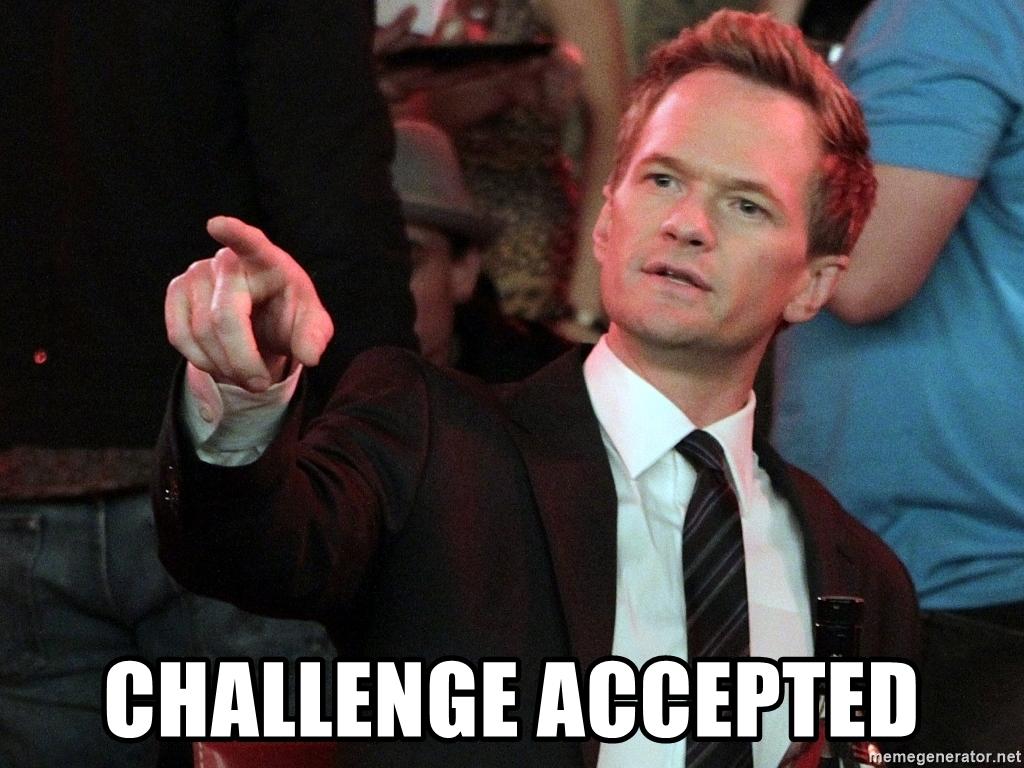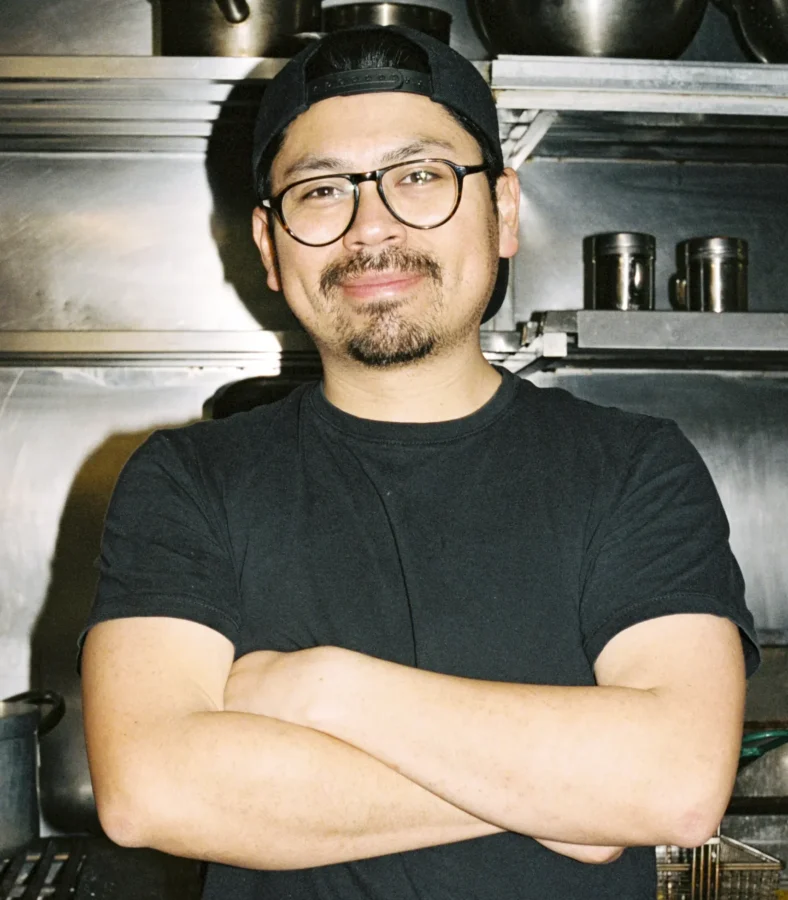Luke and I caught up. It had been two years since we had worked together at Pointy. Since then he had moved to Canada, Pointy had been acquired by Google and a pandemic had turned the world upside down. All pretty standard stuff.
I had just started my next journey with Nory, brought on board to help develop our customer facing processes. As we discussed our mutual appreciation for the company and the scale of the journey ahead of us, we landed on what we loved most; The opportunity to create something new. This got me thinking about the steps involved in starting a new venture, project or in this case, division in a company. While incredibly exciting, it’s a hugely daunting challenge. How do you break down a big hairy audacious goal like this into something attainable? Well that’s what we cover in this snack; the steps we took in setting up Nory’s Customer Success division from scratch, hopefully you get some benefit from it.
Entrepreneurship has always been on my radar. Working in the family hardware store while growing up gave me a sense that maybe one day I might also start my own venture. In college I founded a positive psychology campaign which brought positive psychology to new audiences. What I loved most during that time was identifying the next objective of the campaign and realising it, be it reaching new audiences, organising seminars or fundraising. The journey had many big hairy (last time I use this reference I promise!) goals. But a goal without a plan is but a dream. The success of the venture was all about mapping out a desired outcome, breaking it backwards into small milestones and achieving them bit by bit. The experience of creating each new chapter of the campaign’s mission and witnessing it become a reality was truly exciting. Knowing that I was having a positive impact on many individuals’ mental health was highly rewarding. What I wasn’t expecting was that I would take equal joy from being bitten by the entrepreneurial bug!
So back to Nory, here we have assembled an incredible team of engineers and producteers, who have spent the last year researching the restaurant industry, developing our product, testing the value with users and iterating to achieve its maximum positive impact. Nory has now reached a stage where it is a well validated product ready to jump into the market at scale.
With user growth coming in fast, I have been tasked with the mission to help build out our customer facing division. Easy work eh?! Initially a daunting challenge, I have found that it’s echoed a lot of my experience developing the positive psychology campaign. Both in its mission and the act of starting something new. We are striving to positively impact the lives of our customers, to shift the lens that restaurateurs should not only hope to survive but actually thrive. But to achieve our big h***y ( ) goal we needed to plan and build our customer value infrastructure.
But how do you go about tackling something as huge as this? How do we go from identifying what supports our customers will get the most value from, to then building and implementing them? For me the building process always involves 3 steps: 1) Research, 2) Beginning with the end in mind and 3) Iterate.
1. Research (i.e. talking to your customers)
To this day, the most impactful module I have taken was research methods and statistics. Studying psychology, I was one of those annoying people who really loved their course. As you can imagine, research methods wasn’t exactly the most exciting module in the program, but what it did offer was the key to learning. When it comes to creating something new, research is essential. Before deciding what you want to build or how you are going to build it, going out and learning the landscape and ecosystem is critical. Nory serves the restaurant industry and typically interfaces with restaurant owners and managers. One of my most important tasks since joining has been to learn about these personas. What are the main challenges of running a restaurant? What are the main activities a restaurant manager spends their time on each day? What type of conversations do they have? If I hope to build anything meaningful at Nory, understanding the people who work in the industry and the world they live in is critical. Once I deeply understood our different customer personas and their needs and wants, I got down to identifying the ‘why’ and the future they hoped to attain choosing Nory. A great method to stay centred on your customers why at this stage of the process is the Jobs to Be Done framework.
2. “Begin with the end in mind” – Stephen Covey
Regularly I’m issued with a new assignment, be it mapping out improvements in our customer onboarding flows or building up our customer knowledge base. I am a big fan of starting by asking, “What is the outcome we want and what does it look like?”. From there it is great to ask “What do our customers want and what does that look like?”. In terms of a customer knowledge base, my end in mind was a resource that both answers our customers’ questions in a clear and easy to navigate way and educates them on best practices. Once I had my end state, I could work backwards and identify what content we needed, how to format it and begin writing. The final form often doesn’t resemble the end in that we start out with, but having a clear vision to work towards is essential for each new project and ensures you stay focused on the why.
3. Iterate (testing 1..2..3..)
Another project I completed was creating customer tutorials. Once I had designed my presentation flows I knew that I needed 1) Practice and 2) Feedback (because you always need both). From there I scheduled 30 minutes with my team. Each session involved 20 minutes of roleplaying the tutorial and 10 minutes of feedback. My primary goal for each session was that each person was clearer on the topic than when we started. What surprised me was that each person offered completely different feedback. I recorded my colleagues’ feedback for each session and integrated it back into the pitch where possible.
After 10 sessions I felt comfortable and as if I had a strong understanding of how to effectively communicate Nory. It was also significantly stronger after implementing my colleagues’ feedback. Our new tutorial was now customer ready.
I feel incredibly privileged to join Nory at this early stage. As we acquire new customers, it is equally thrilling and daunting that their success in benefitting from Nory will in part be down to the processes we create now. We are laying the foundations for our first hundred customers, but equally our next thousand customers. Our engineers and producteers have done their part in creating a platform that can be the difference between restaurateurs thriving or just surviving. It is my responsibility to ensure our customers realise this potential by ensuring they are fully empowered to capitalise on what Nory has to offer. That’s a pretty h***y goal, right!? Fortunately it’s a challenge I couldn’t be more excited for! By breaking down each problem one step at a time and listening to our customers at every turn, I can’t wait to see how both Nory and our customers grow in the years to come.
Want to take on a huge challenge of your own? Check out our open roles here or feel free to contact me directly.

